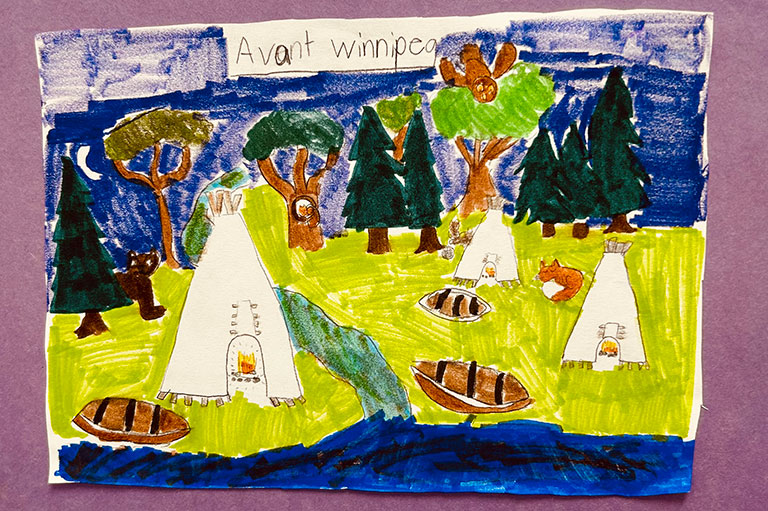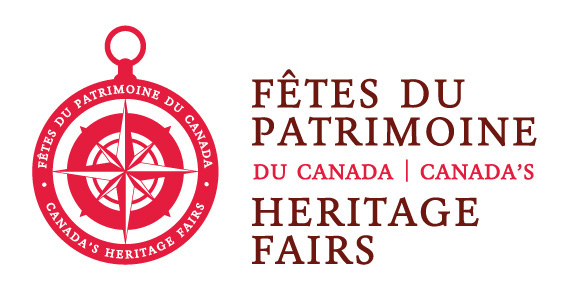Arlo E.

L'Histoire De Winnipeg
Arlo E.
Historical Thinking Symposium
Winnipeg, MB
My project focused on three different periods in the history of Winnipeg: 1) The location that is now Winnipeg was inhabited by Indigenous people for thousands of years. The Forks where the Assiniboine and Red rivers meet was used by Indigenous as a meeting place for trade, fishing and hunting bison. 2) When European settlers started arriving, the fur trade started in the 1700's. The fur trade is another an important period of the history of Winnipeg because some of the fur trading companies made forts in different locations where Winnipeg now sits. The first fort was Fort Rouge, followed by Fort Gibraltar, Fort Douglas and Upper Fort Gary. 2) The last part of my project focused on how Winnipeg developed into a city. As the fur trade continued there were more migrants to the area from Eastern Canada and Britain. Winnipeg became a city in 1873. The section of the Canadian Pacific Railway that connects Eastern Canada with Winnipeg was completed in 1883. The railway brought more and more immigrants to Winnipeg. The Railway runs through the middle of Winnipeg. A long time ago the north end of Winnipeg had less money then the south end. These are the main things my project talks about.
What sources and evidence did you consult for your project? What different perspectives did they provide on your topic?
I used several sources including:
- Britannica Kids (kids.britannica.com)
- Canadian Encyclopedia
- Province of Manitoba
- Parks Canada
- City of Winnipeg
- Manitoba Historical Society
I got different information from different websites depending on what information I was looking for, for example: Winnipeg's population; Indigenous life before settlers; the different forts that were built during the fur trade; the railwayand immigration.
 Artwork by Arlo.
Artwork by Arlo.
What is the historical significance of your topic?
The City of Winnipeg is an important city and its history is interesting. The Indigenous people who lived in the area were affected because their lives changed when European settlers arrived, bringing lots of change. The settlers lives were also impacted because they had the opportunity to arrive in a new location and start new lives. The fur trade brought activity to the area including the trading forts that were built (Fort Rouge, Upper Fort Garry, Fort Gibraltar, Fort Douglas). Before the fur trade started, the Forks had been a meeting, hunting, fishing and trade place for indigenous people for thousands of years. The arrival of the settlers and the fur trade changed that way of life for them. The fur trade brought more and more settlers, which is how Winnipeg became a city. In 1972, a number of different surrounding communities, towns and villages joined the city of Winnipeg, making the population increase and likely had an impact on those now part of a new Winnipeg.
Why did you choose this topic?
When I visited the Manitoba Museum, there is a video of how Winnipeg developed into a city and that gave me the inspiration. I hadn't thought much about the topic before this video and this made me curious to learn more about this topic and the place where I live!

